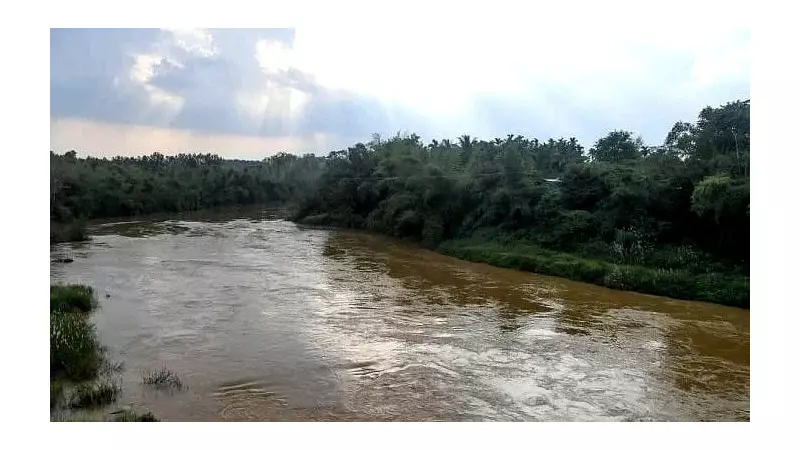
India's ambitious river revival projects are sailing in treacherous waters, not because of lack of will, but due to a fundamental crisis that remains largely invisible: the alarming absence of reliable data. While the government pours billions into cleaning iconic rivers like Ganga and Yamuna, the mission is fundamentally compromised by critical information gaps that make effective intervention nearly impossible.
The Silent Crisis Beneath the Surface
Imagine trying to cure a patient without knowing their vital signs, medical history, or even the exact nature of their illness. This is precisely the challenge facing India's river conservation efforts. Despite numerous initiatives and substantial funding, authorities are essentially working blindfolded when it comes to understanding river health.
The problems are manifold and deeply concerning:
- Inconsistent water quality monitoring across different stretches of rivers
- Missing baseline data on river flows, pollution loads, and ecological health
- Fragmented information systems that don't talk to each other
- Outdated measurement techniques that fail to capture real-time conditions
Why Data Matters More Than Dollars
Billions of rupees allocated for river conservation are essentially being spent without proper direction. Without accurate data, it's impossible to:
- Identify pollution hotspots accurately
- Measure the effectiveness of cleanup efforts
- Allocate resources where they're needed most
- Track progress against conservation targets
The Ganga Conundrum: A Case Study in Data Deficiency
The National Mission for Clean Ganga (NMCG), despite its ambitious goals, operates with significant information blind spots. The gaps in data collection and analysis mean that even when funds are spent and projects implemented, there's no reliable way to determine if they're actually making a difference.
"We're building infrastructure without understanding the ecosystem," experts warn. "It's like prescribing medicine without diagnosis."
The Way Forward: Building a Data-Driven Future
The solution lies in creating a comprehensive, real-time monitoring network that can provide the necessary intelligence for informed decision-making. This requires:
- Modern sensor technology for continuous water quality monitoring
- Standardized data collection protocols across states and agencies
- Open data platforms that allow researchers and citizens to access information
- Integration of traditional knowledge with modern scientific methods
The clock is ticking for India's rivers. Without addressing this fundamental data crisis, even the most well-intentioned conservation efforts risk becoming expensive exercises in futility. The choice is clear: either we invest in understanding our rivers better, or we watch them deteriorate beyond recovery.





